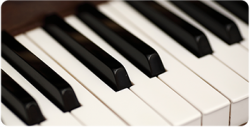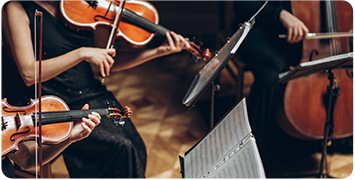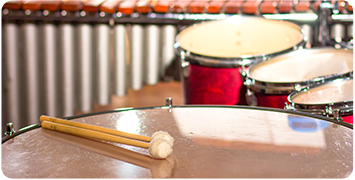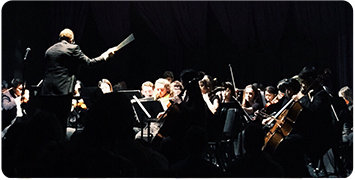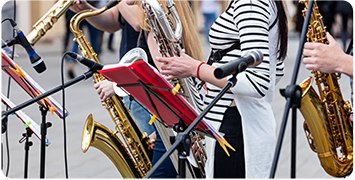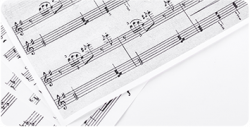| » |
![]() ALREADY AVAILABLE AT FLEX EDITIONS
ALREADY AVAILABLE AT FLEX EDITIONS
| |
| ||||||||
| In this second movement of the sonata, the articulations should be carefully pronounced to remain clear and intelligible in spite of the tempo. Use a light homogeneous staccato across the whole range and don't force the sound when the dynamics are loud; you will achieve like that an ample sound which is well balanced with the piano. - RENAUD ESCRIVA | |||||||||
| |
| ||||||||
| In this third movement, you should contrast the registers as if they are separate instruments responding to each other. Your bass "quasi funèbre" should be ample and sonorous, though without acidity, whilst for your treble you should look for a very gentle flute sound, distant and without vibrato. - RENAUD ESCRIVA | |||||||||
| |
| ||||||||
| There is a mysterious anguish which floats throughout this brillant fourth movement. The agitation and feverishness of your playing should reflect this latent anguish. At the conclusion, which refers to the first movement, avoid accenting the quaver in the Barcarolle rhythm which risks making the phrasing too heavy. - RENAUD ESCRIVA | |||||||||



